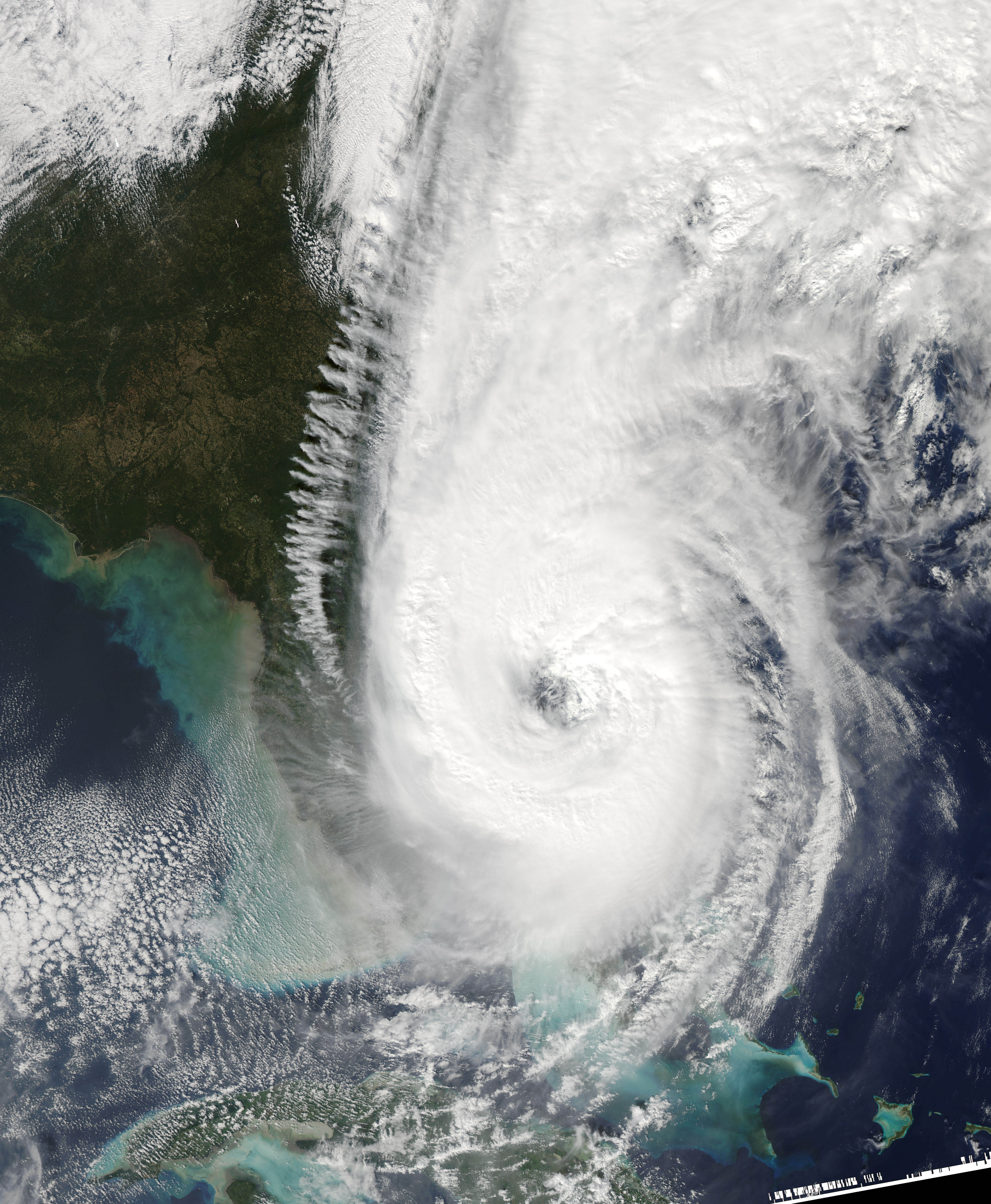ncweatherwizard wrote:artist wrote:wxman57 wrote:
Perhaps I'm not understanding you correctly, but that's how intensity is classified - ground relative. The storm's forward speed isn't a consideration. The plane measure surface wind speeds and that's the intensity.
What about vorticity being a factor in classification? If you have no vorticity and you have straight line winds coming at you that are as great in strength as a TS or Hurricane,
they would be just as damaging, yet are not given warnings such as a TS,etc.,
I don't know if this is what he is thinking of or not, but my own question.
Vorticity is a function of the change in the wind direction and velocity over a linear area. Basically, you need to have a closed low with strong winds to have maximum vorticity. No closed low...then vorticity is too low. So, as a quantity, vorticity isn't really useful for classification.
P.S. Straight line winds of storm force not associated with a tropical cyclone might be handled with gale warnings or storm warnings, or by other statements by local weather offices. But seldom, do I believe, would such a system go completely ignored.
The biggest problem with using vorticity as a classification for a TC, I think, is that you still have to come up with arbitrary thresholds, and you have to decide on what scale to calculate the vorticity. Not to mention that vorticity is derived from the wind field anyway, and is inherently noisy on small scales, so it just complicates the matter. You don't gain much, if anything, over just using wind speed, as is currently done. A TC with stronger winds but the same size circulation is going to have overall larger magnitudes of vorticity anyway: it's more-or-less a direct relationship.
To put it another way, winds are what directly do damage, not vorticity, so it makes sense to use winds as an intensity classification inasmuch as it relates to the actual potential effects of a storm.












